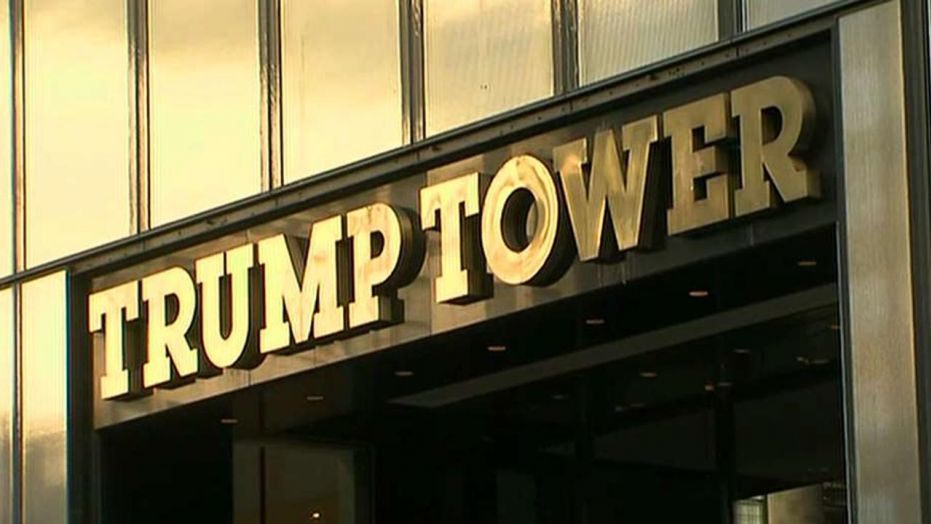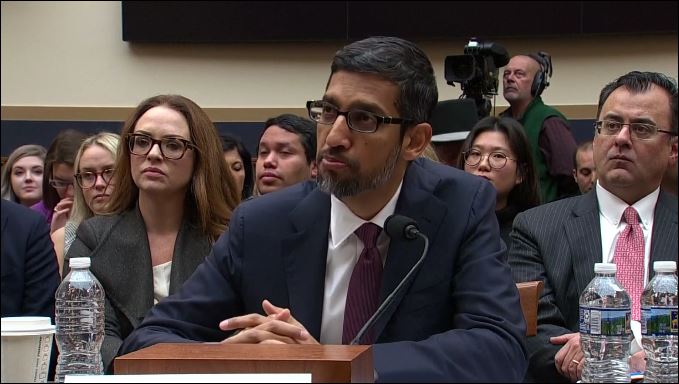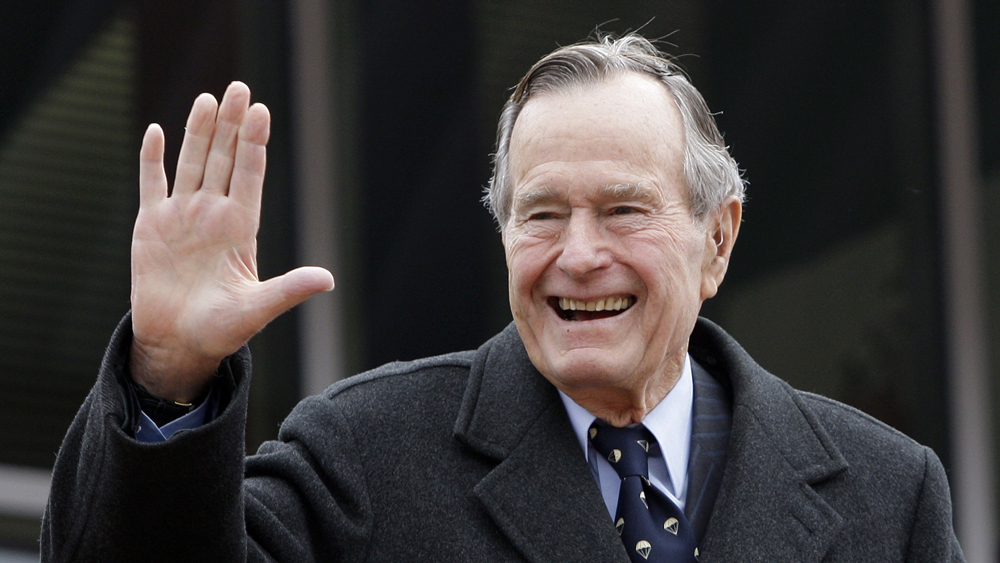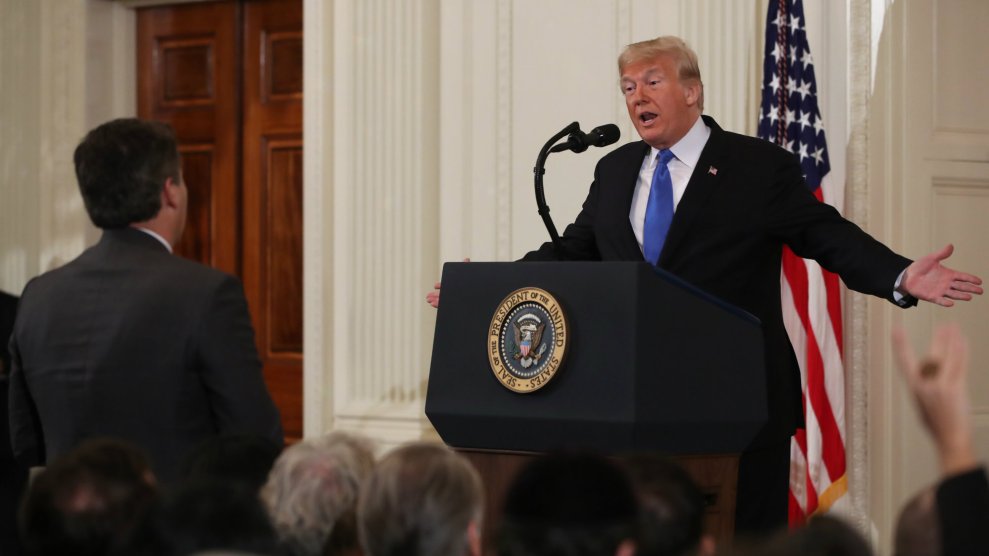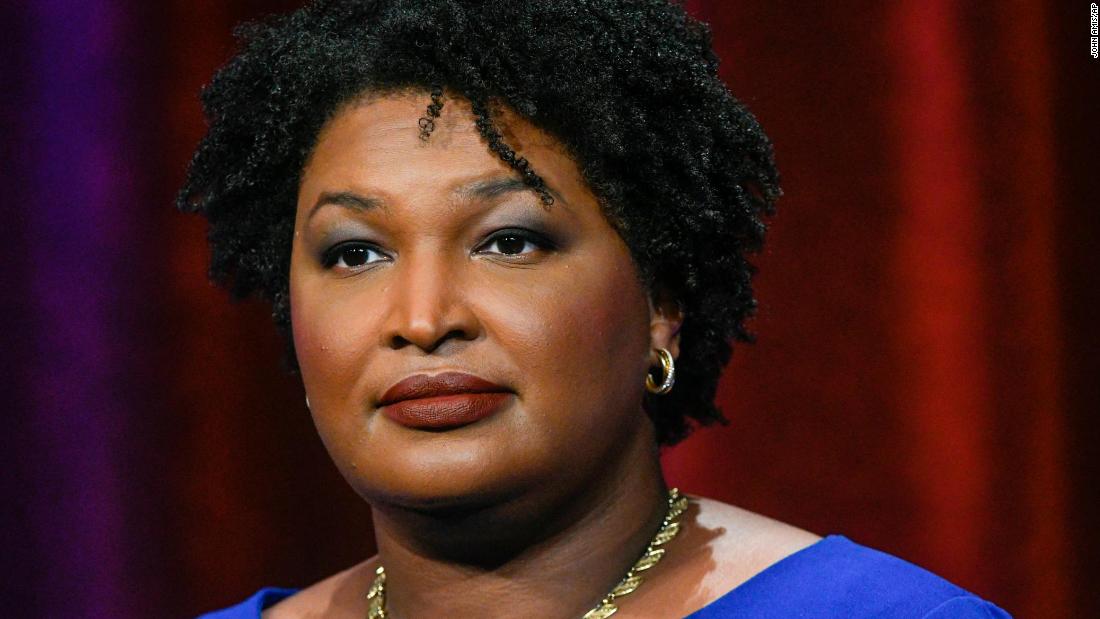You’ve heard about the healthcare website. You’ve heard about Iran. You’ve heard about the fiscal negotiations. You’ve eaten, shopped, dozed, decorated and lit candles.
Get ready for the wage fight, which could be the most important issue we’ll face in the next few months. On Thursday, fast food workers in 100 cities plan to strike at fast food outlets across the country to publicize the fight for a livable minimum wage. Right now, that wage is $7.25 per hour and hasn’t kept pace with the cost of living or the rate of inflation…ever. To give you some perspective, and to show just how old I am, I remember my first job at Korvettes making $2.50 per hour in 1977. The present wage isn’t even three times that much and over 35 years have passed.
The protests now are asking for a wage of $15 dollars per hour, which still isn’t much, but would allow some people to actually live a middle class existence without having to get more than one job. Consider these statistics from this article about one such person who is trying to survive on the minimum wage:
According to a study released in October, only 13 percent of fast-food workers get health-insurance benefits at work. In New York State, three in five have received some form of government assistance in the last five years. Meanwhile, executive pay and profits in the industry are on the rise. Last winter, Bloomberg News determined that it would take a Chicago McDonald’s worker who earns $8.25 an hour more than a century on the clock to match the $8.75 million that the company’s chief executive made in 2011.The classic image of the high-school student flipping Big Macs after class is sorely out of date. Because of lingering unemployment and a relative abundance of fast-food jobs, older workers are increasingly entering the industry. These days, according to the National Employment Law Project, the average age of fast-food workers is 29. Forty percent are 25 or older; 31 percent have at least attempted college; more than 26 percent are parents raising children. Union organizers say that one-third to one-half of them have more than one job — like Mr. Shoy, who is 58 and supports a wife and children.
The argument against a rise on the minimum wage has always centered around the notion that raising the wage would force small businesses to lay off workers because labor costs would eat into profits. I can see this happening to a certain extent to local businesses and independent stores, but there’s simply not a lot of evidence to suggest that this would be an issue for large retail outlets, fast-food restaurants or national chain stores. In fact, the data suggests that raising the wage would even help the economy and lift spending, which would then allow companies to hire more workers to meet demand.
The other problem is that this is a moral issue that is reaching far beyond what many people consider to be a teenage, burger-flipping concern. More and more families rely on the minimum wage to get by and more adults, whose higher paying jobs have fled or disappeared, are now working the lower paying jobs. Children are now in danger of living below the poverty line. That’s a huge concern.
We are living in a country where the top wage earners have seen a fabulous rise in their incomes, and for the most part they have earned that. But if we don’t help those who struggle at the bottom–people who are working–then what does that say about our country?
There’s an argument about what might happen if we raise the wage, but we know what will happen if we don’t raise it. Make this a personal issue. Respect the fast food strike on Thursday. Make sure that all people get their shot at the American Dream.
For more please go to:
www.facebook.com/WhereDemocracyLives and Twitter @rigrundfest



